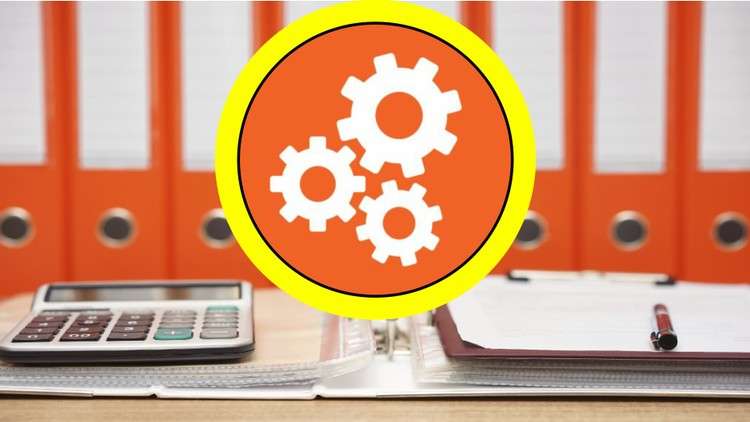
After our first course, dig deeper into the actual “How” of recording bookkeeping activity.
What you will learn
Understand what “debits” and “credits” actually mean when it comes to bookkeeping and accounting
Learn the Fundamental Accounting Equation and how it applies to bookkeeping
How are transactions analyzed, recorded and posted
What steps are needed for End-of-the-Month adjustment entries and End-of-the-Year closing entries
What is depreciation? What are Prepaid Items? What is Accrued Payroll? How is Inventory booked?
Description
Using simple, easy-to-understand discussion, illustrations and note sheets, this focused course with video lessons teaches you the basic understanding of the financial tools “debits” and “credits” along with allowing you to put your learning into practice.
Everyday examples, using common phrases and terms you already know, allows the instructor to break through the confusion and teach the concept and use of the tools on which everything else in bookkeeping and accounting is built. Then as each new concept is introduced, you will have the opportunity to apply those points using a short, customized practice activity. After completing your work, Ron will walk through the steps to allow you to understand what has taken place and identify areas you may need more practice or a better understanding.
After completing the course, students will feel more confident and knowledgeable on topics such as…
- What’s the difference between debits and credits
- When does each one mean an increase versus a decrease
- How do they relate to assets, liabilities and equity
- Also, how do they relate to income and expenses
- What is a T-Account and how is it used in bookkeeping
- What is an EASY way to remember when to use “debit” and use “credit”
This course works in conjunction with other courses in the series including:
- an overview of the basic fundamentals of how bookkeeping works for small businesses
- a complete practice set that allows you to put all the new learning into use
- an overview of the largest small-business software in the world
- and a course specifically designed to connect the concepts with personal finance.
CPE (Continuing Professional Education)
Learning Objectives
- Understand the main components of the Fundamental Accounting Equation
- Distinguish between bookkeeping accounts that increase as debits and ones that increase as credits
- Discuss the process of footing and balancing accounting T-accounts/ledgers
- Explain the Accounting Cycle’s steps
- Define the difference between Interim and Final financial reports
- Recognize the need for Adjusting activities and Closing activities in the Accounting Cycle
- Demonstrate the differences in recording adjusting entries for depreciation, accrued liabilities, inventory tracking, and prepaid assets
- Explain why annual bookkeeping records are closed each year
- List which types of accounts are closed, and which types remain open during the closing process
For additional information, including refunds and complaints, please see Udemy Terms of Use, which is linked from the footer of this page.
For more information regarding administrative policies, please contact our support using the Help and Support link at the bottom of this page.
Content